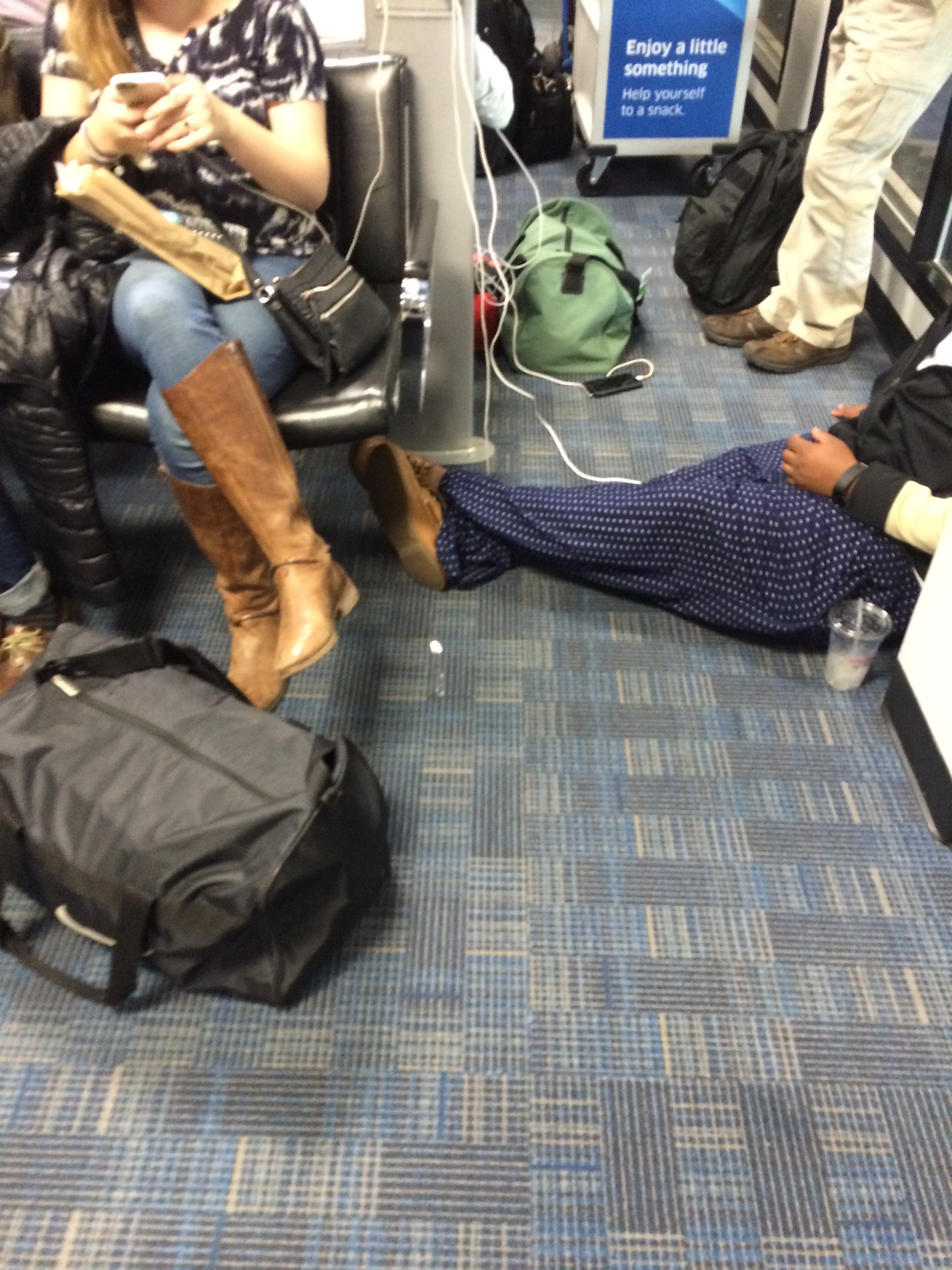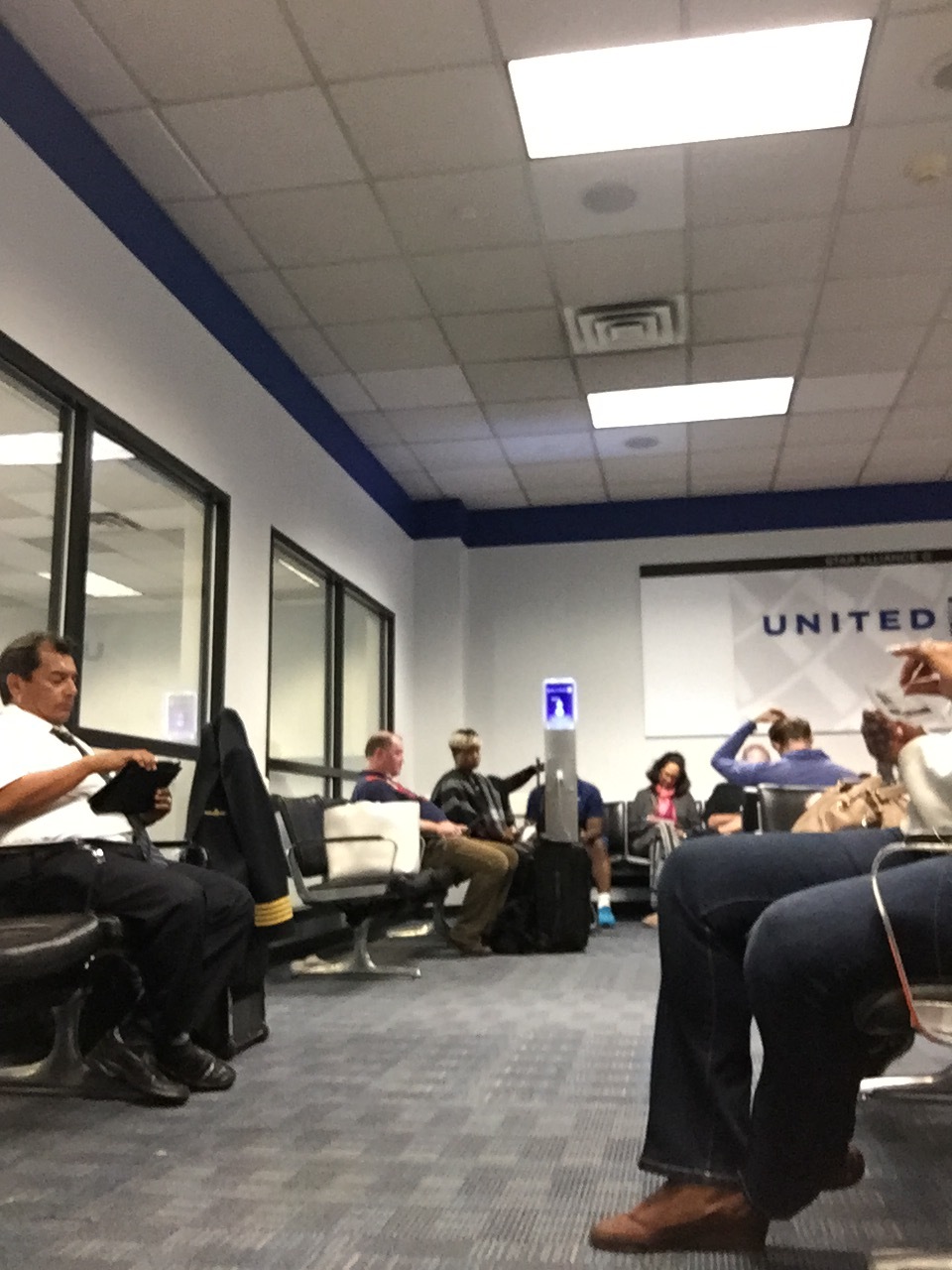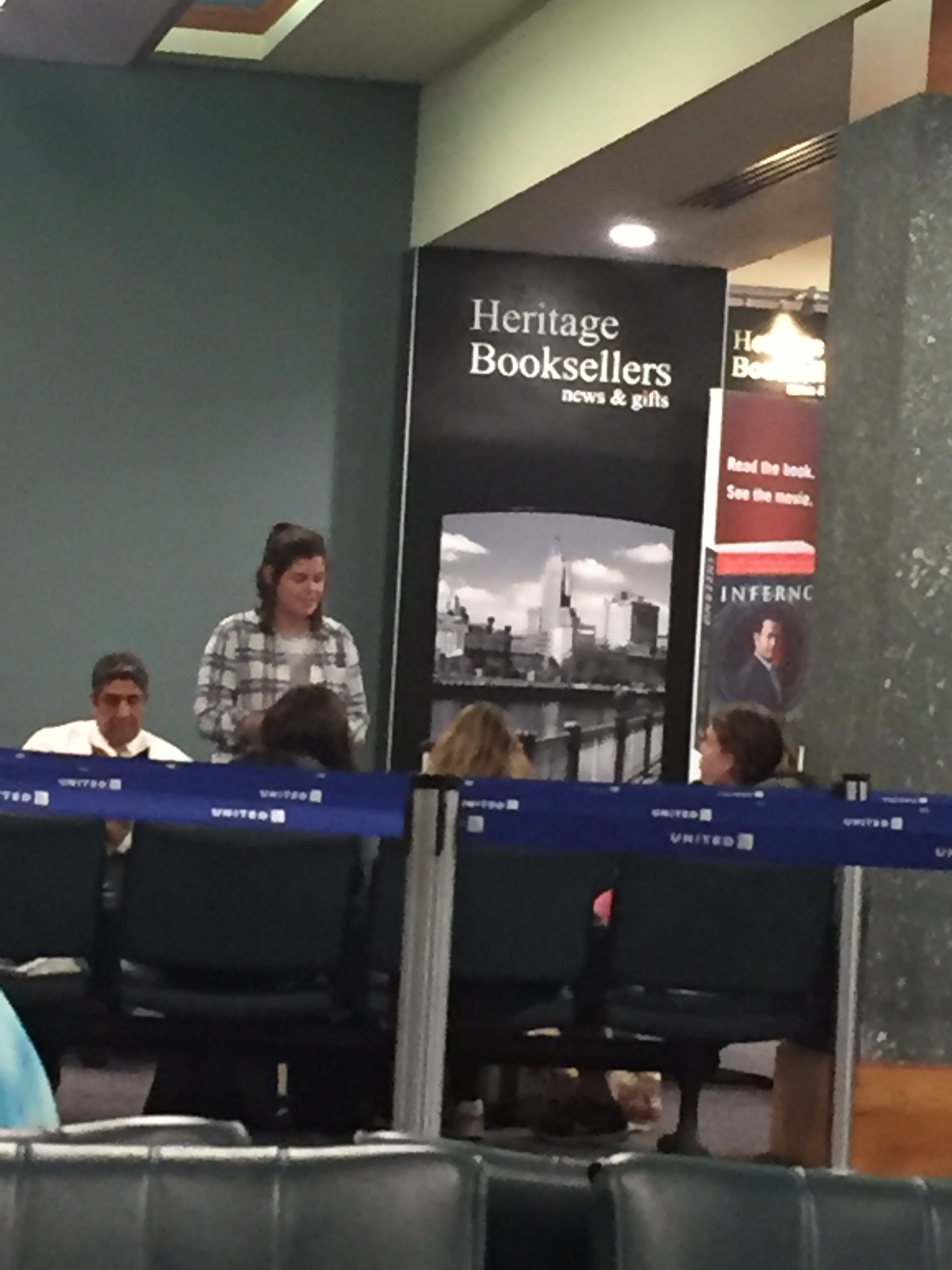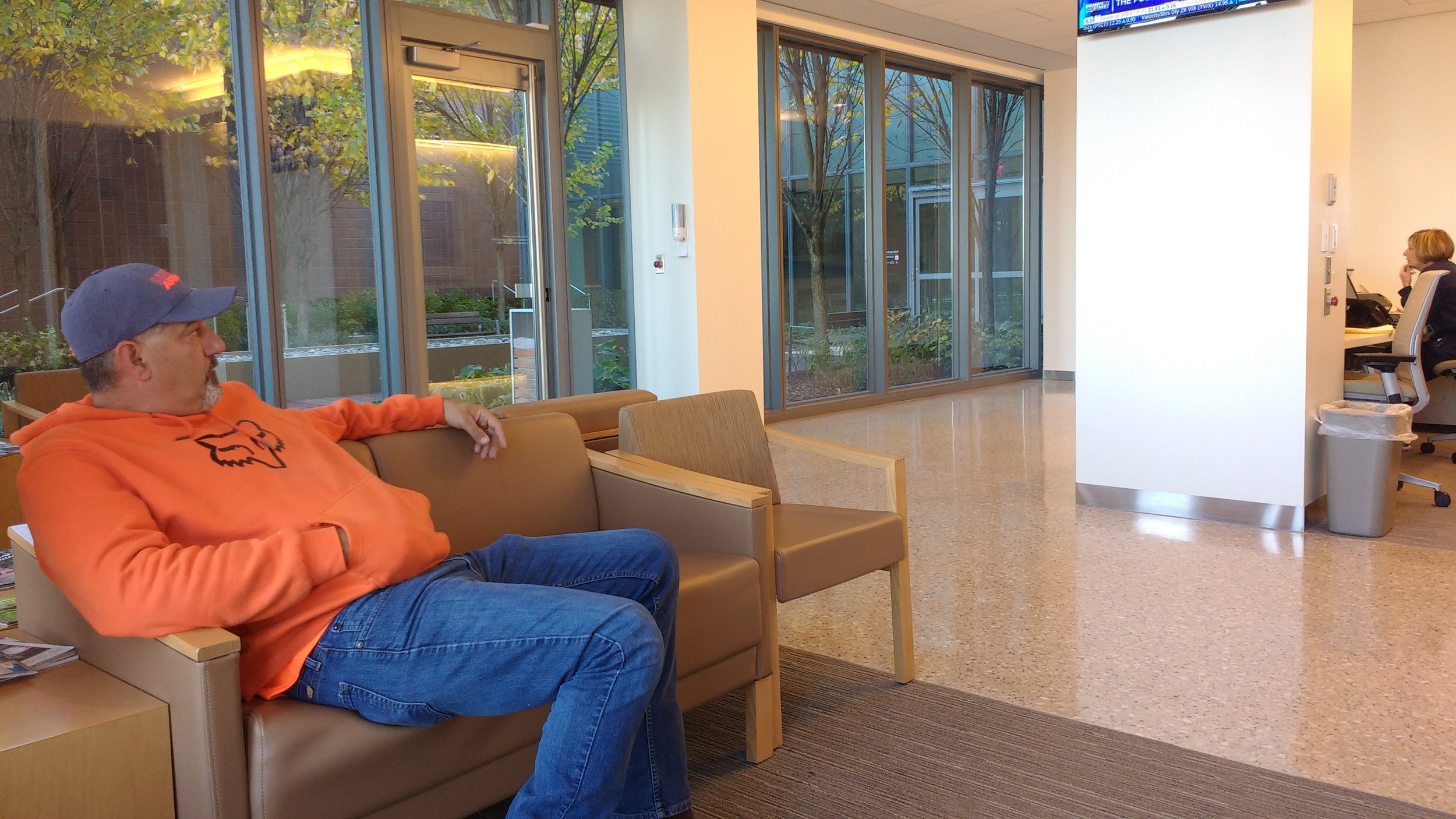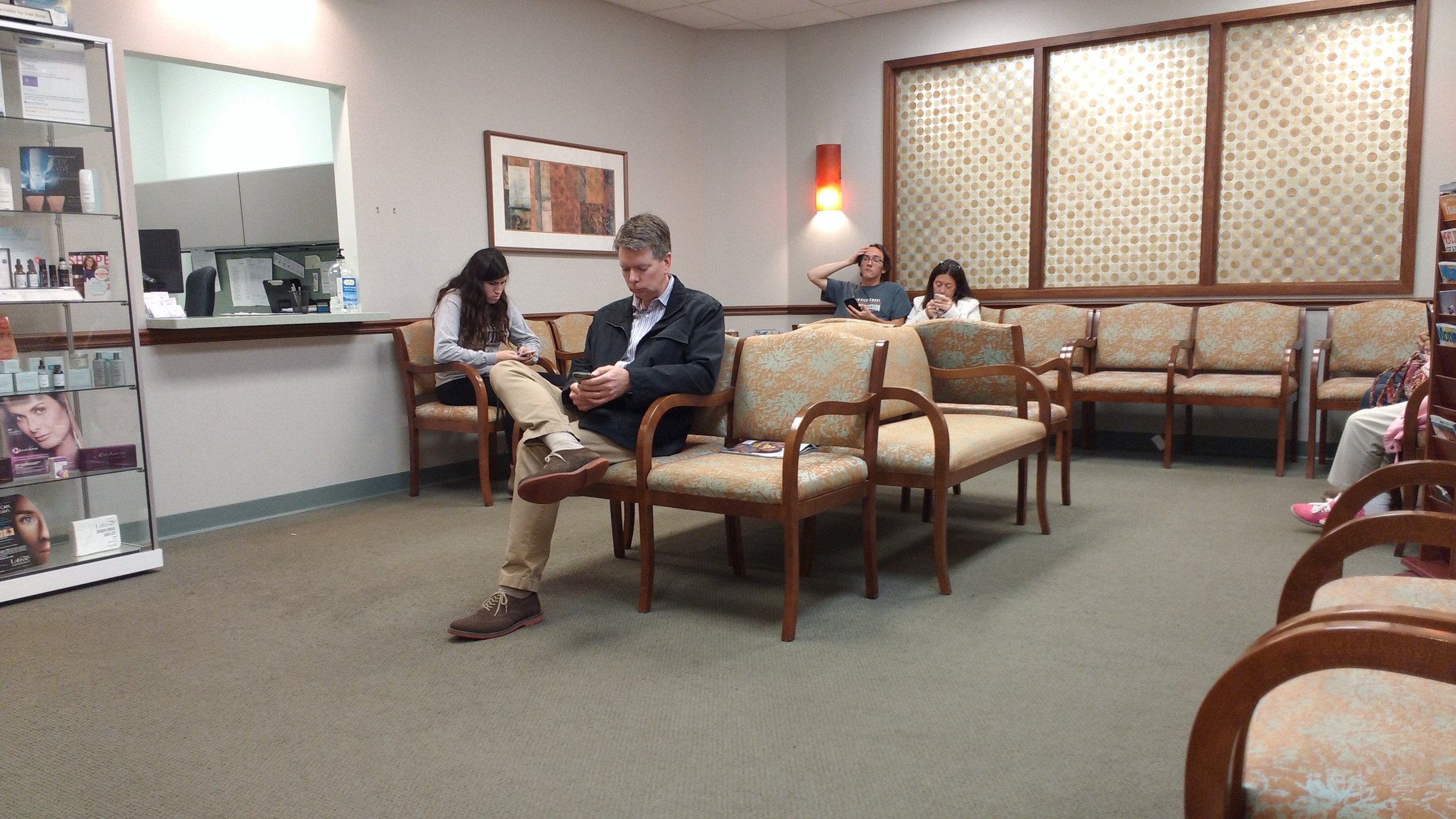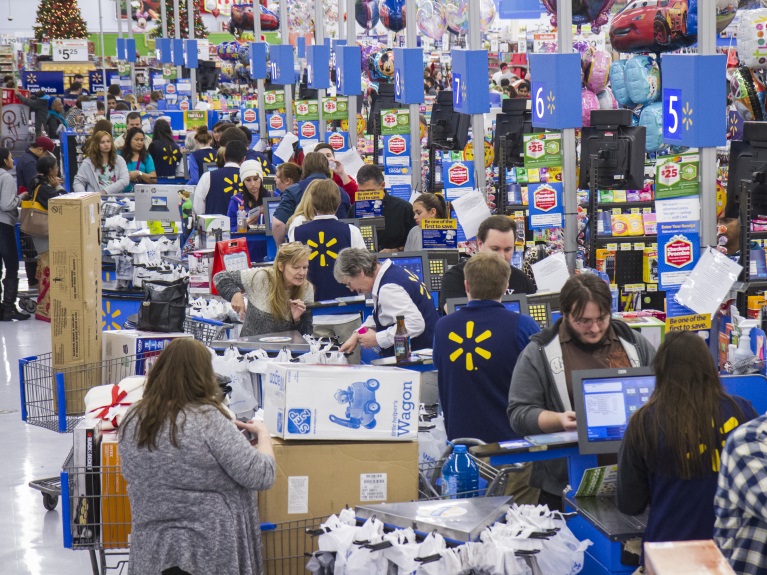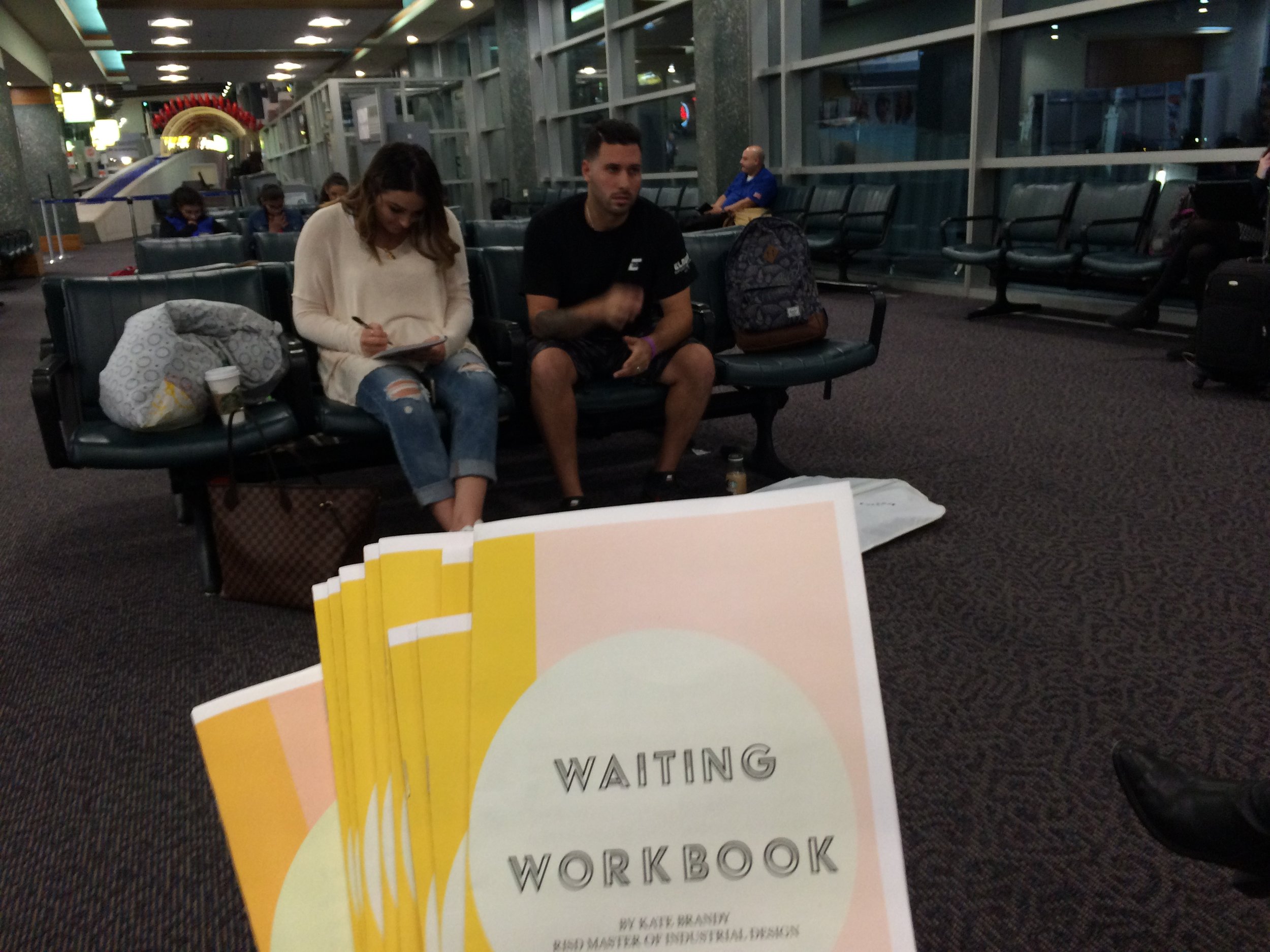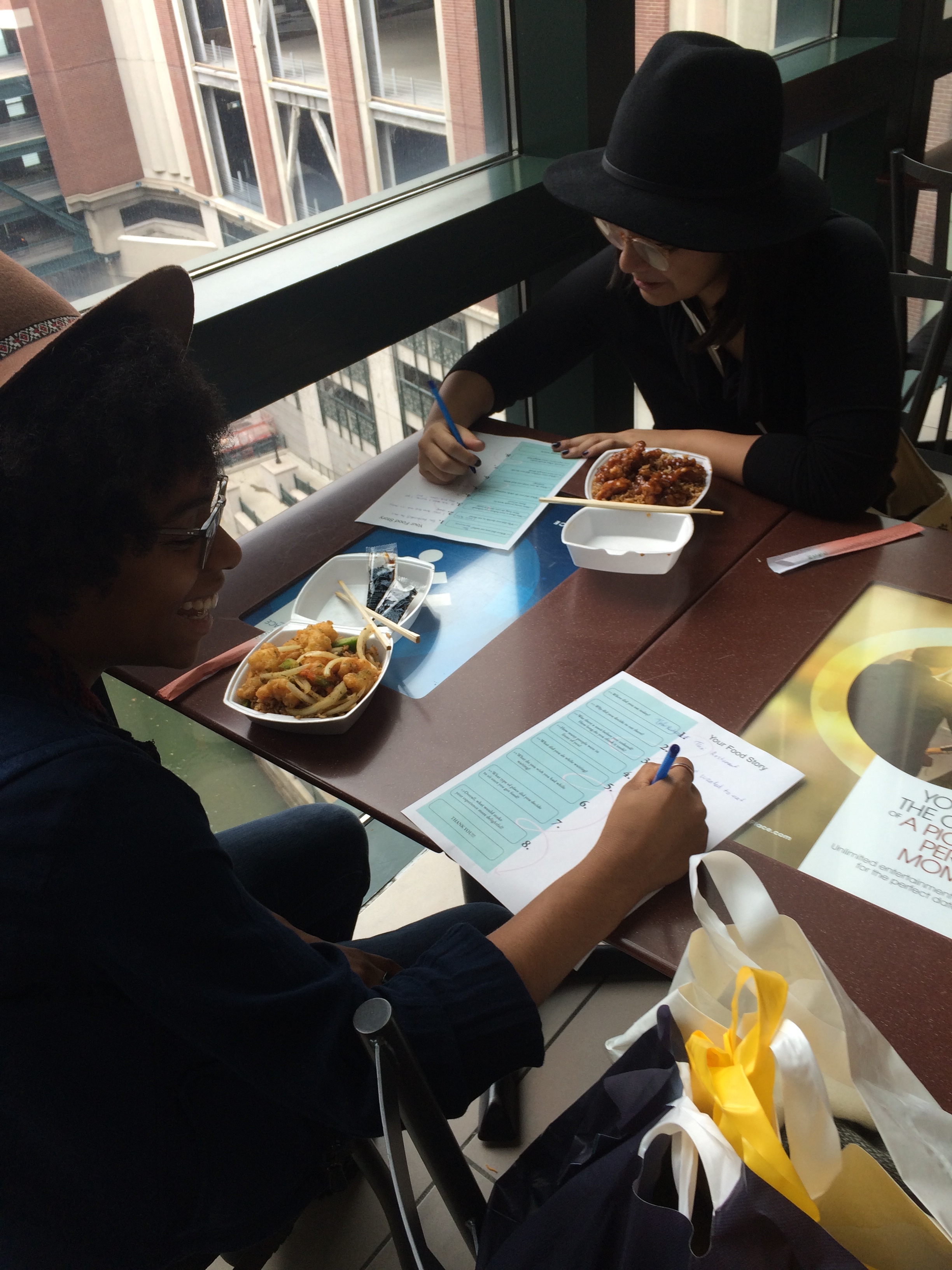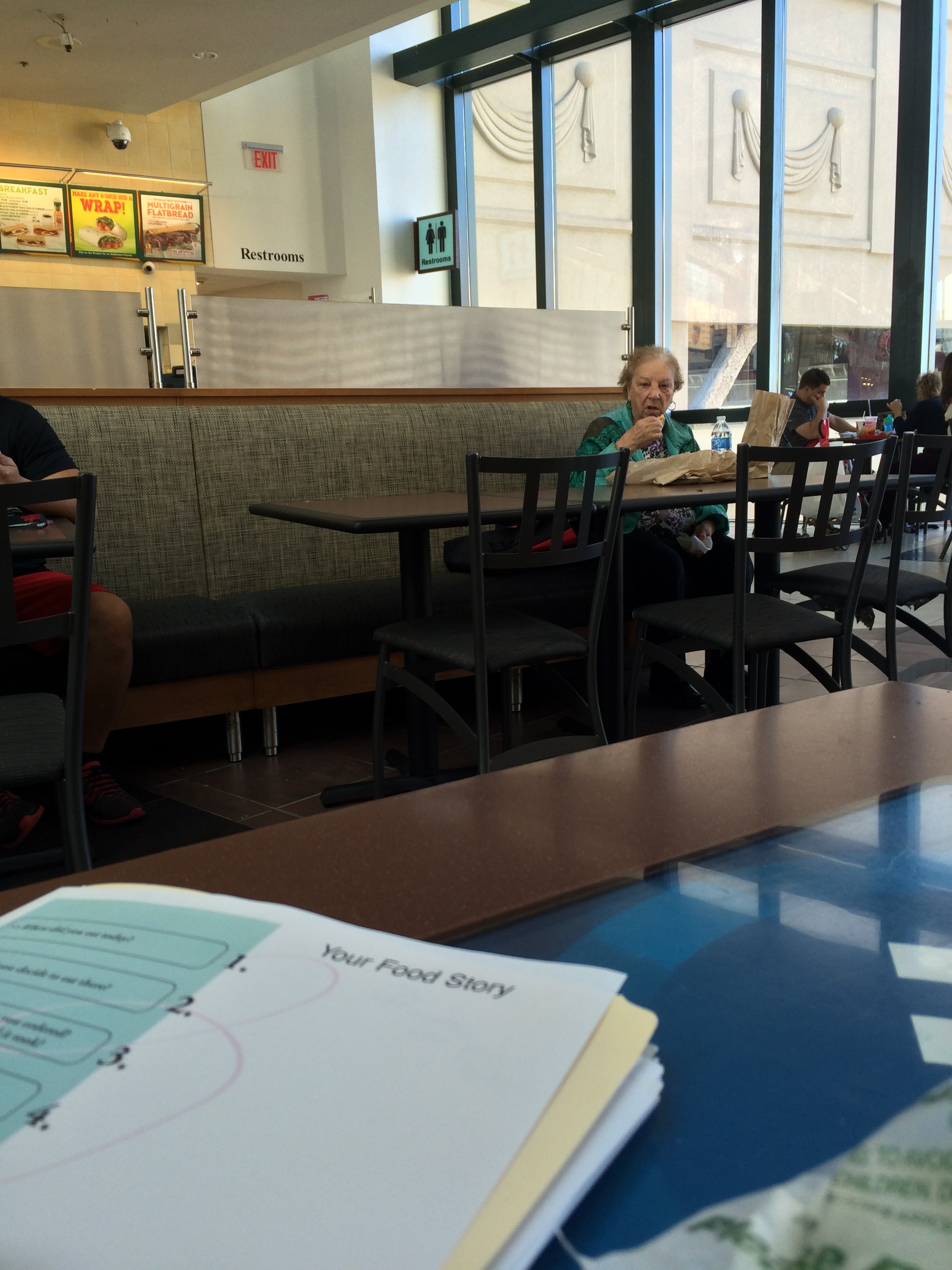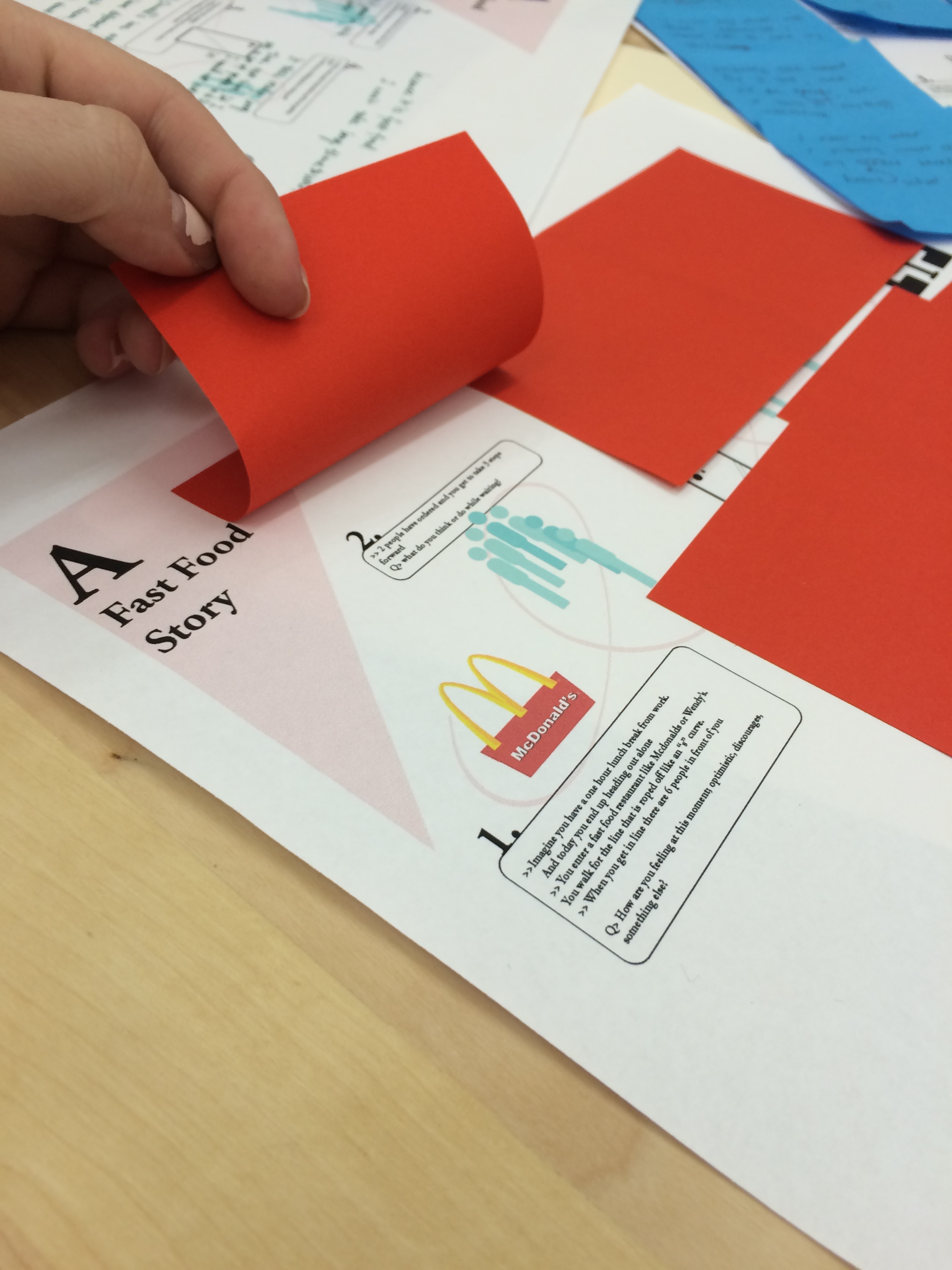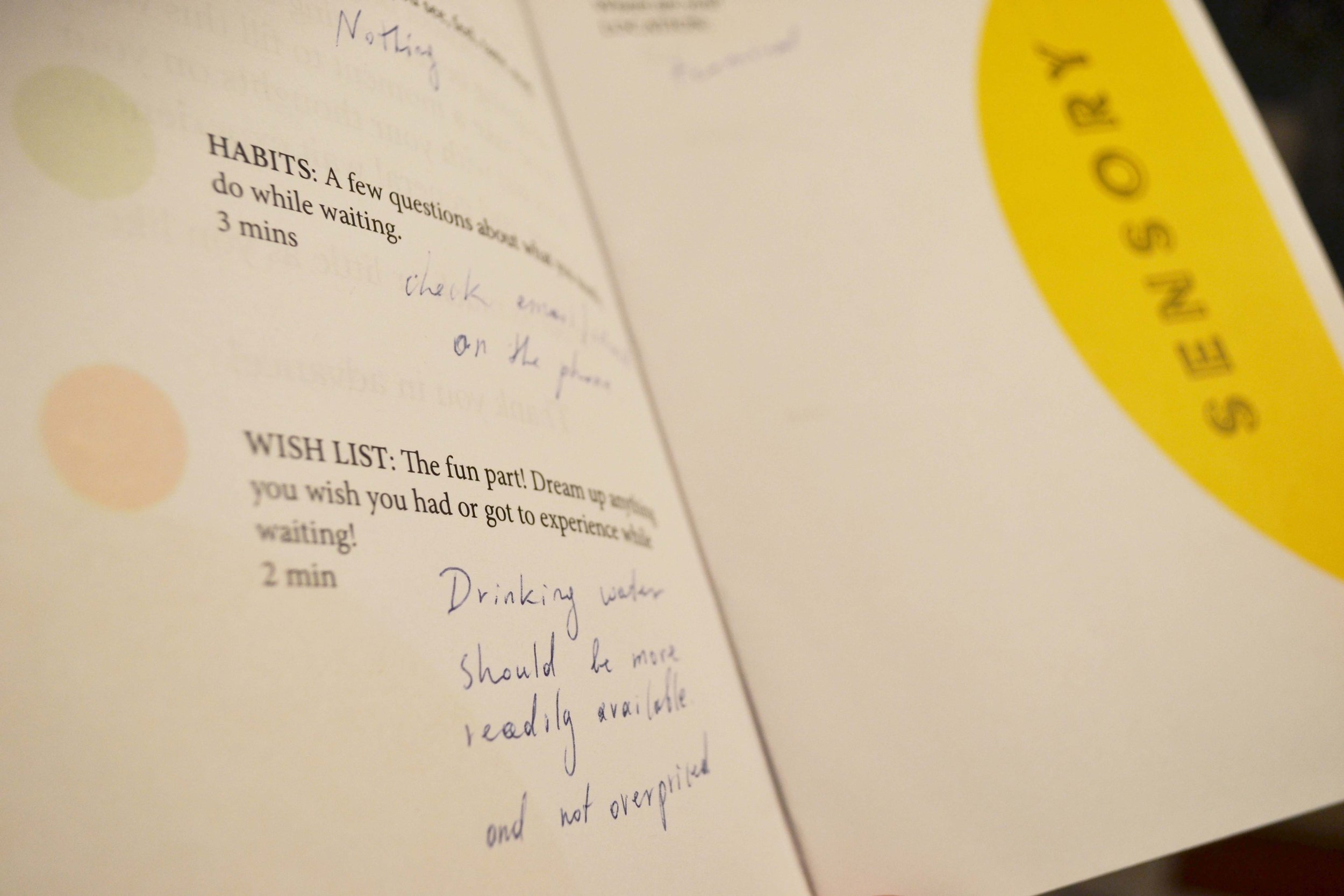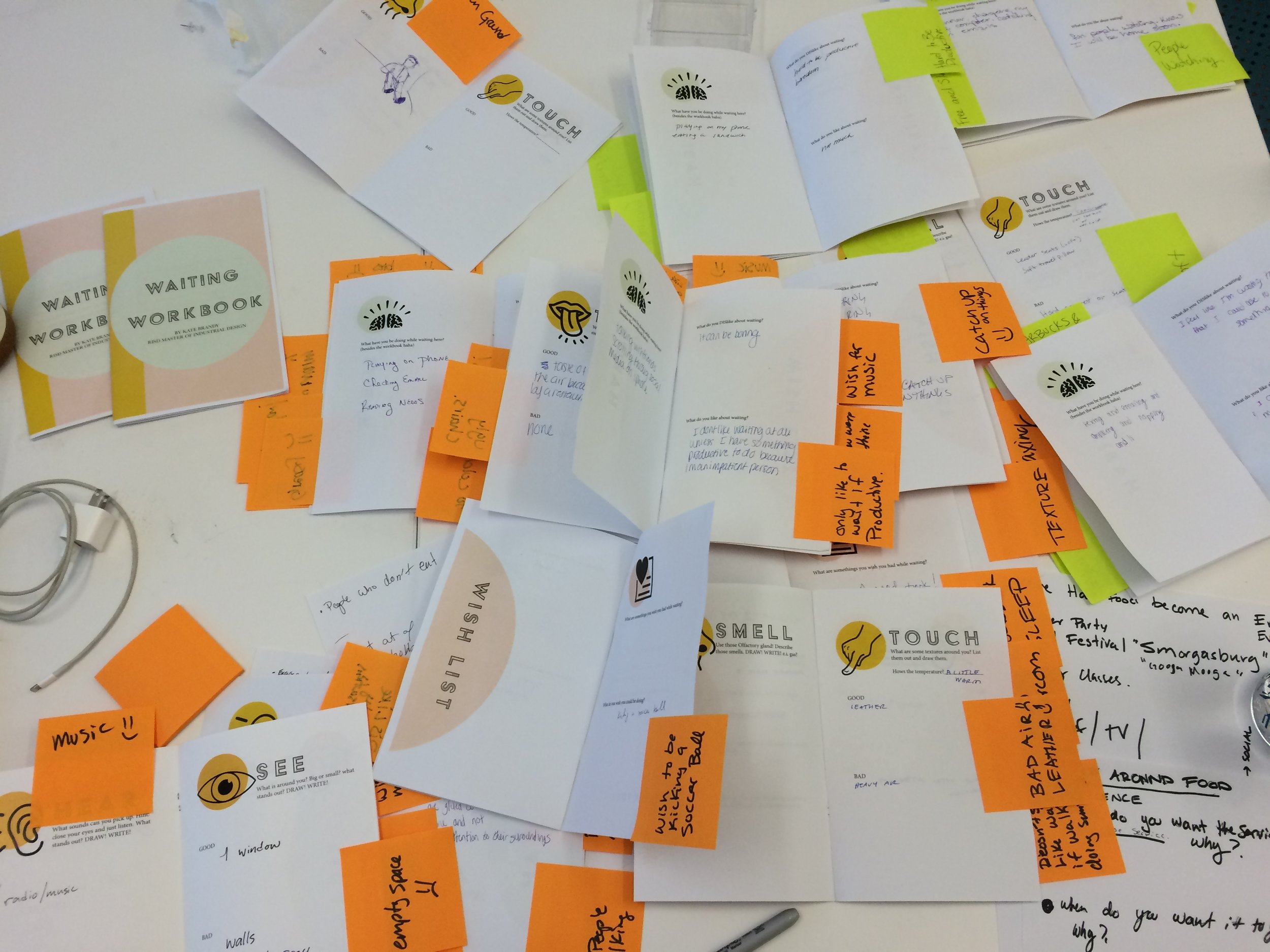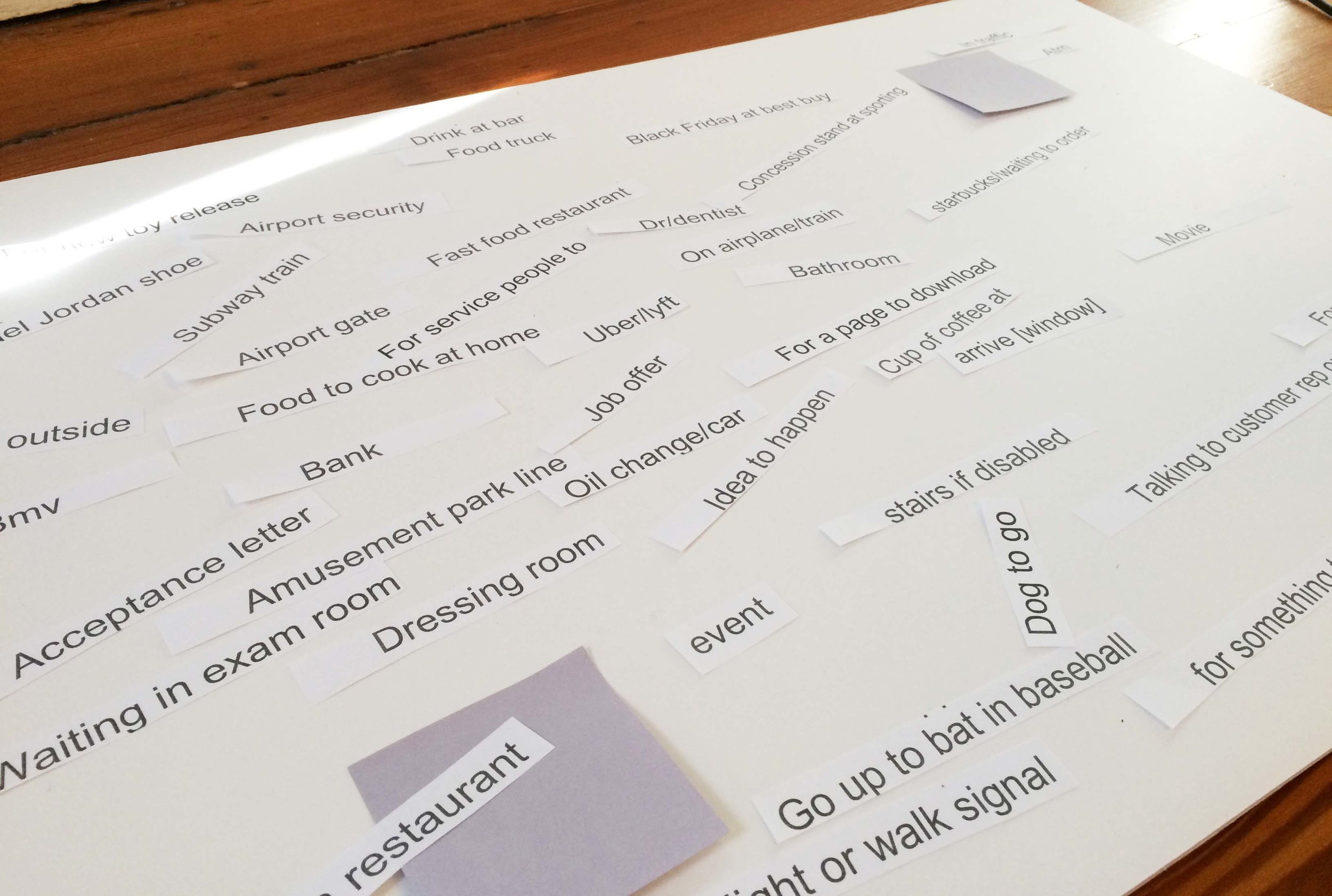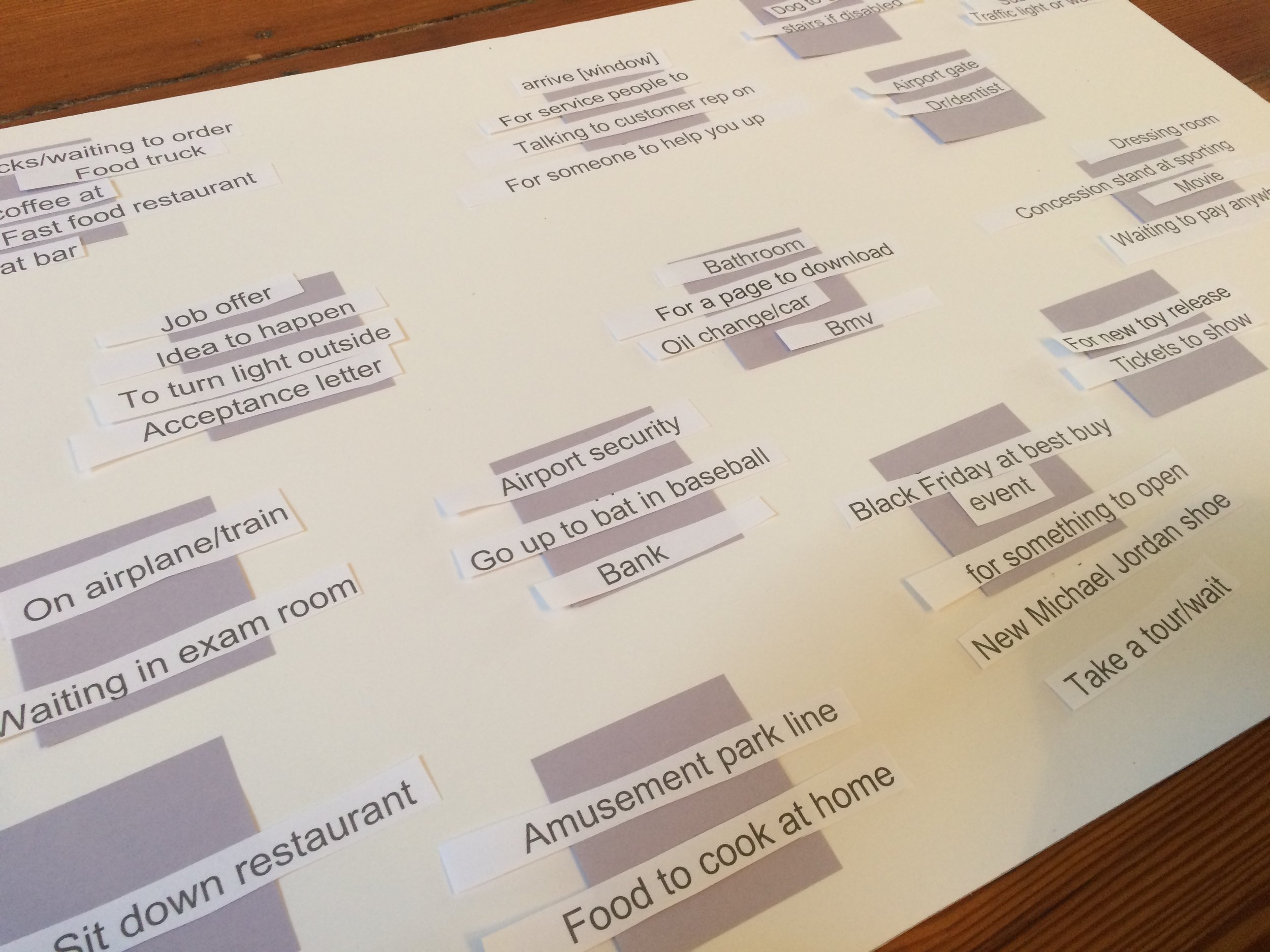RESEARCH ON WAITING
Outcome
Contextual research revealed opportunities in the hospital emergency department.
Challenge
Improve the waiting experience through design solutions.
Current Understanding in the Field
“One’s reaction to queues all depends on how you feel during the wait, from jubilation, to anger, and to every other possible human emotion,”. “The feelings are strongly influenced by queue environment, expectation of duration of delay, and—very important—perception of fairness in selecting people from the line for service.” ( Richard Larson, nickname Dr. Queue | JUN 15, 2015)
CONTEXTS OF WAITING
METHOD
I conducted surveys and user/expert interviews at common places to wait. In addition to sorting cards to group waiting condition characteristics. I asked people about how long they waited, their over all experience, and what they wish they had in this condition of waiting. I was timing to compare if their perceive wait equated to the actually timed wait.
WHERE: Airport - Food Service - Checkouts - Home - Amusement Parks - Doctor's Office
SURVEY POOL
I surveyed 23 people in a food service wait and 25 in airports.
SURVEY TACTIC
In the airport I changed the survey to test if people responded better to sensorial questions. For example, what does the airport smell like to you? Do you enjoy the smell? This was to take another angle to better understand the users ways of interacting with the spaces.
DIAGRAM WAITING CONDITIONS
METHOD
Through a word sort I was able to start to group waiting conditions based on the physical attributes.
I used the grouping to identify and diagram types of waiting conditions.
Then I graphed them to segment what condition creates the most anxiety based on my surveys and observations.
PATIENT INTERVIEW: I spoke with Virginia, a current patient in a Cincinnati hospital, who said,
"Many times I feel like they have forgotten me in the exam room when I wait in hospitals. I don't know what's happening next or when I will see the doctor." - Virginia,87
INSIGHT
"Trapped" condition is found in many medical facilities and is considered the worst way to wait. The person has added anxiety because of what they are waiting for.
EXPERT INTERVIEW
"Hospitals, specifically emergency departments, have a lot to improve on in their waiting experience." - Richard Larson
Not all waits are the same. Waiting for an amusement park ride may not be the same as waiting for a burrito versus waiting to be treated at a hospital. The queueing condition could be the same but the mindset of the person in queue could range from low stakes (getting a burrito) to high stakes (waiting for medical treatment). This directly affects the person’s anxiety level and therefore experience of their wait.


